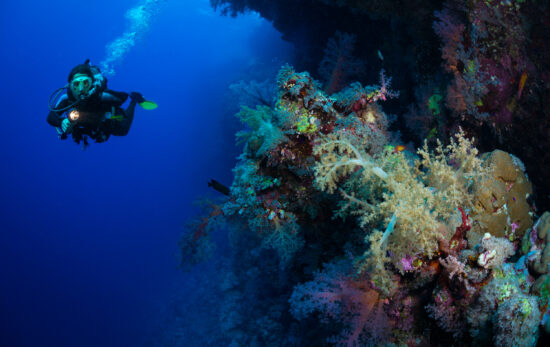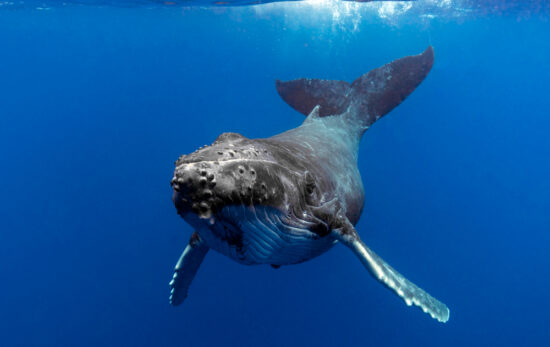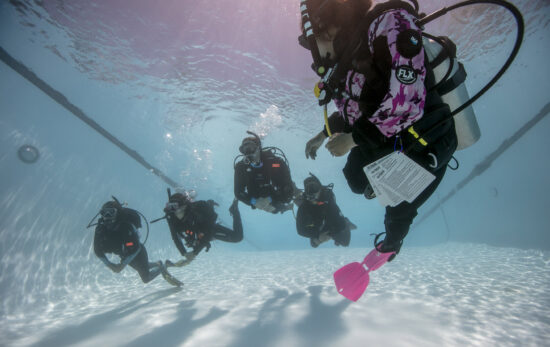Blog written and images provided by Warda van der Meer
We know more about the surface of the moon than about the ocean’s floor. Over 80% of the earth’s oceans are still unexplored, unmapped or even unseen by humans. While submarines are now exploring 11km (6.8 miles) deep in the Mariana Trench in the western Pacific Ocean, there are also plenty of shallow areas in coastal waters that have not been visited yet.
Is it just me or are you too, curious to what is hiding under the surface of the water when you look down from a plane window, pass that bridge on your way to work, or walk along the beach of your favorite holiday destination?
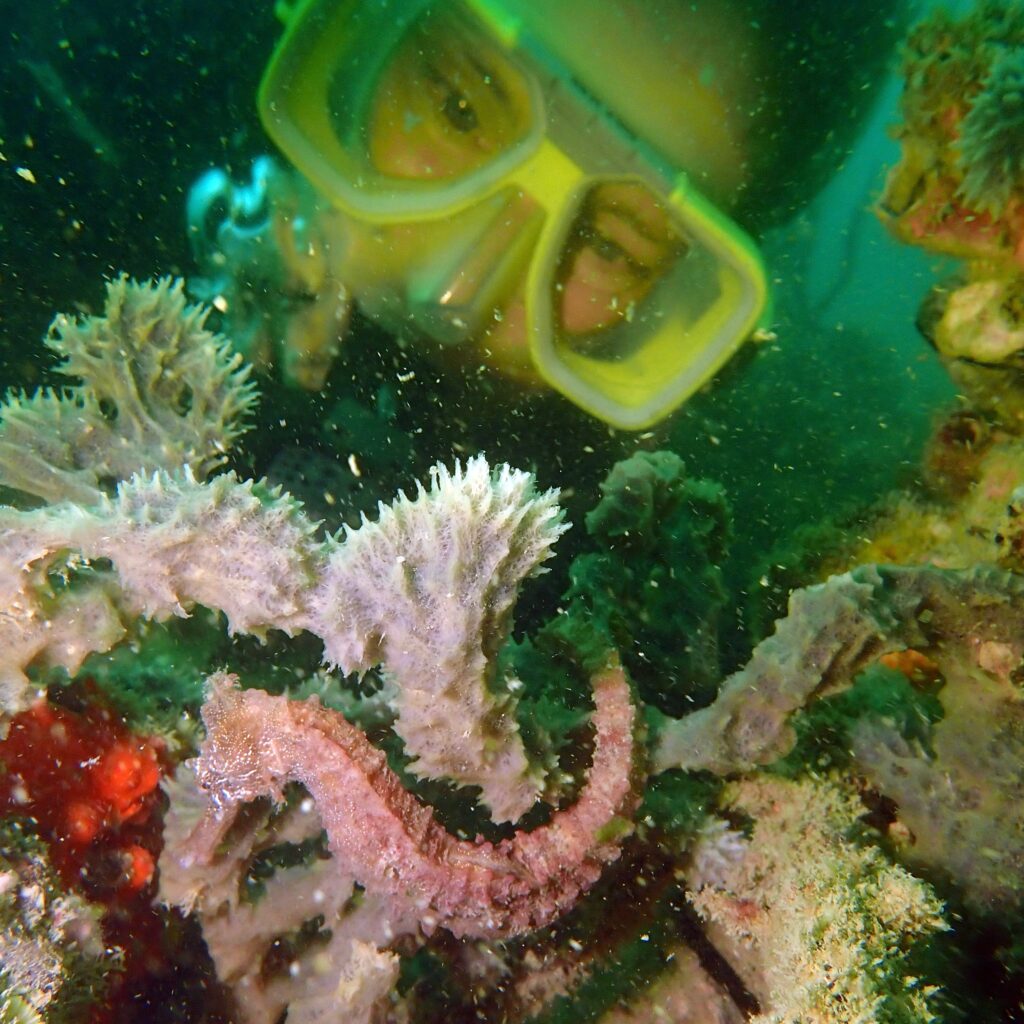
Before starting our PADI Dive Resort on the lively island of Langkawi in Malaysia, we were told that there are coral-reefs in the area. We were told that there are coral-reefs in the area, not just in the protected Marine Park Payar, but also at the 99 small islands that form this archipelago. The stories about these reefs piqued our interest but since there were no other dive centers in the area to ask, we had to go discover them our self.
Satellite images of the area did not come up with many indicators but conversations with local fishermen did. We were pointed in a general direction and with a group of brave divers, we dropped down at random points around the area. Not knowing how deep it was going to be or what was going to be down there, we did countless mini dives in the unknown. Armed with cameras, compasses and slates for notes and drawings, we discovered where we could bring potential customers.
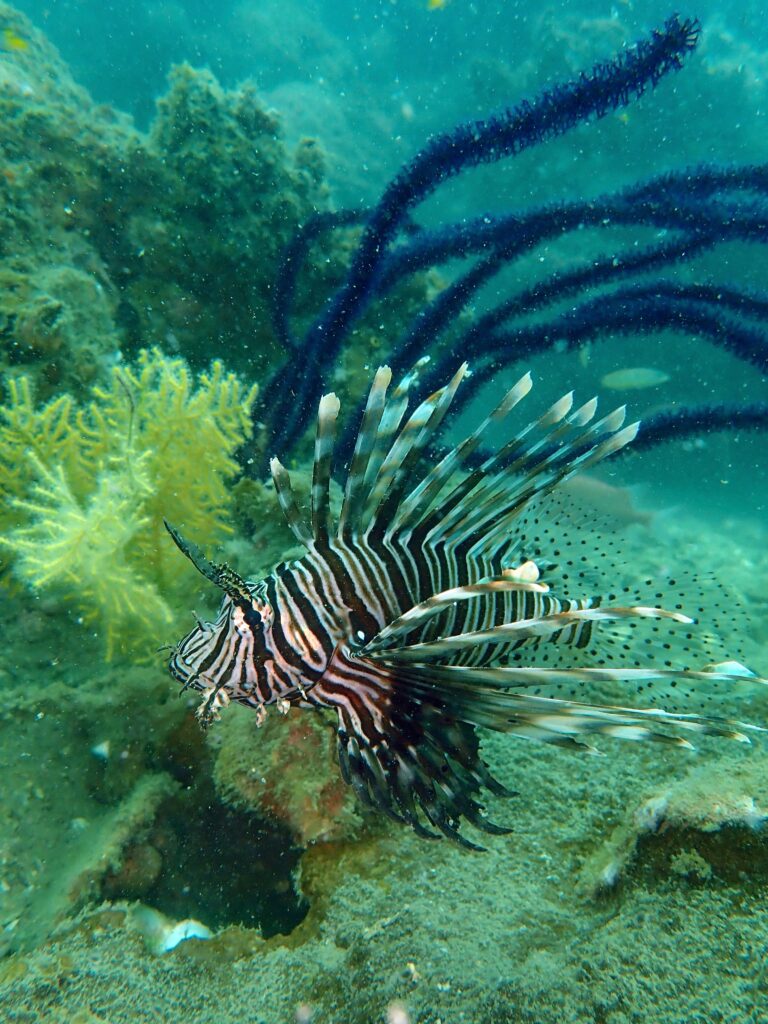
Now seven years and six dive-sites later, we not only have a good map of each of the dive-sites, we know what’s the best route to take, where not to go with strong currents and even where to look for hidden marine life that call these reefs home. We can recognize the best locations to look for seahorses, pipefish and frogfish.
Over the years we have skin-dived around the many islands of Langkawi, looking for signs of life and we recently found a promising location. The water is clear and there is a slight current. We roll off the boat, note of our compass-heading, take a picture of our landmarks for our point of descent and start to descend.
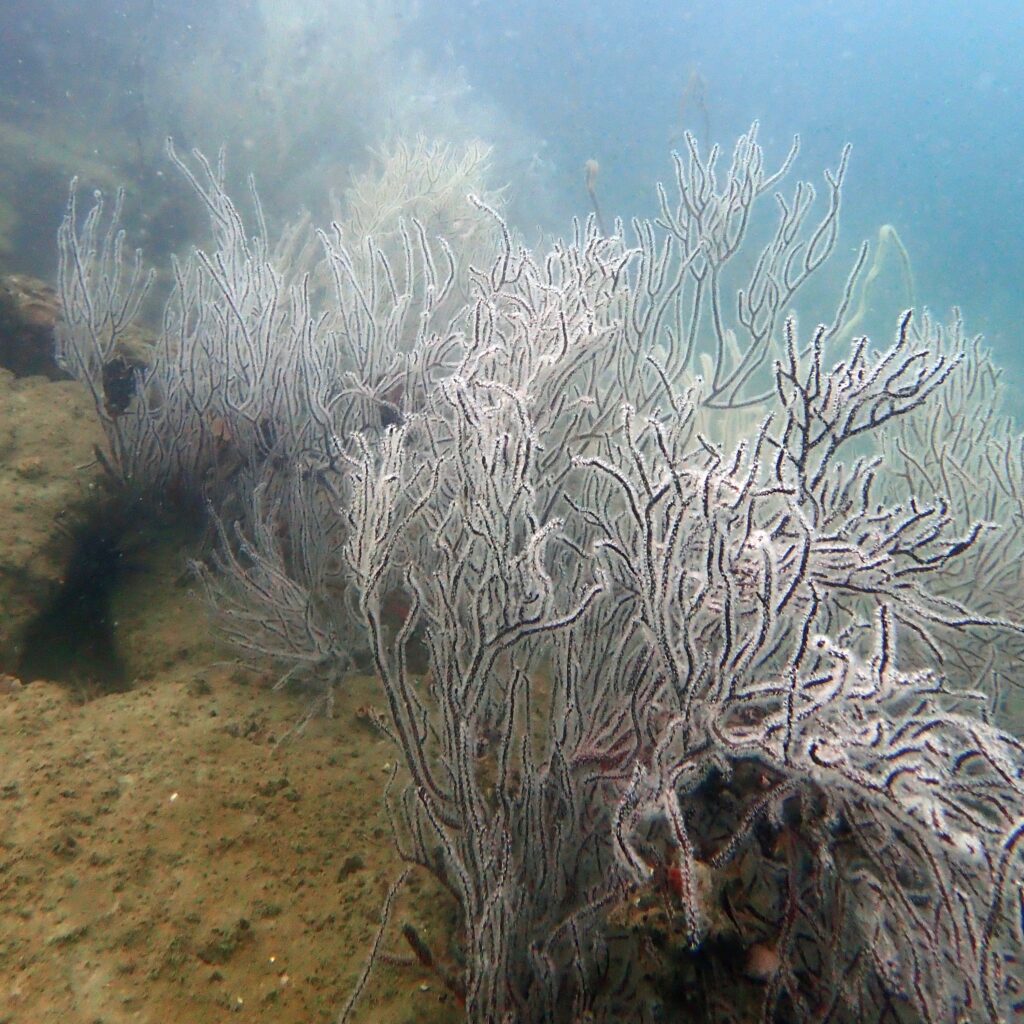
Eventually we reach the bottom at 5 meters (16.4 feet) and give each other the ok-signal. Looking around, we see beautiful corals scattered with small reef fish. We decide to dive deeper in the direction away from the island. It’s here we find soft corals everywhere – it’s a forest of white rusty gorgonians with smaller orange and pink fan corals in between. We stop here and there to take pictures of the honeycomb moray eels, nudibranch and even a seahorse.
Slowly we make our way down to 10 meters (32 feet) depth. Now the corals get less dense and the rocks sink below the sandy bottom. Just as we are signalling to each other that this is the edge of the reef and we should turn back, we spot a big and fast-swimming Cobia.
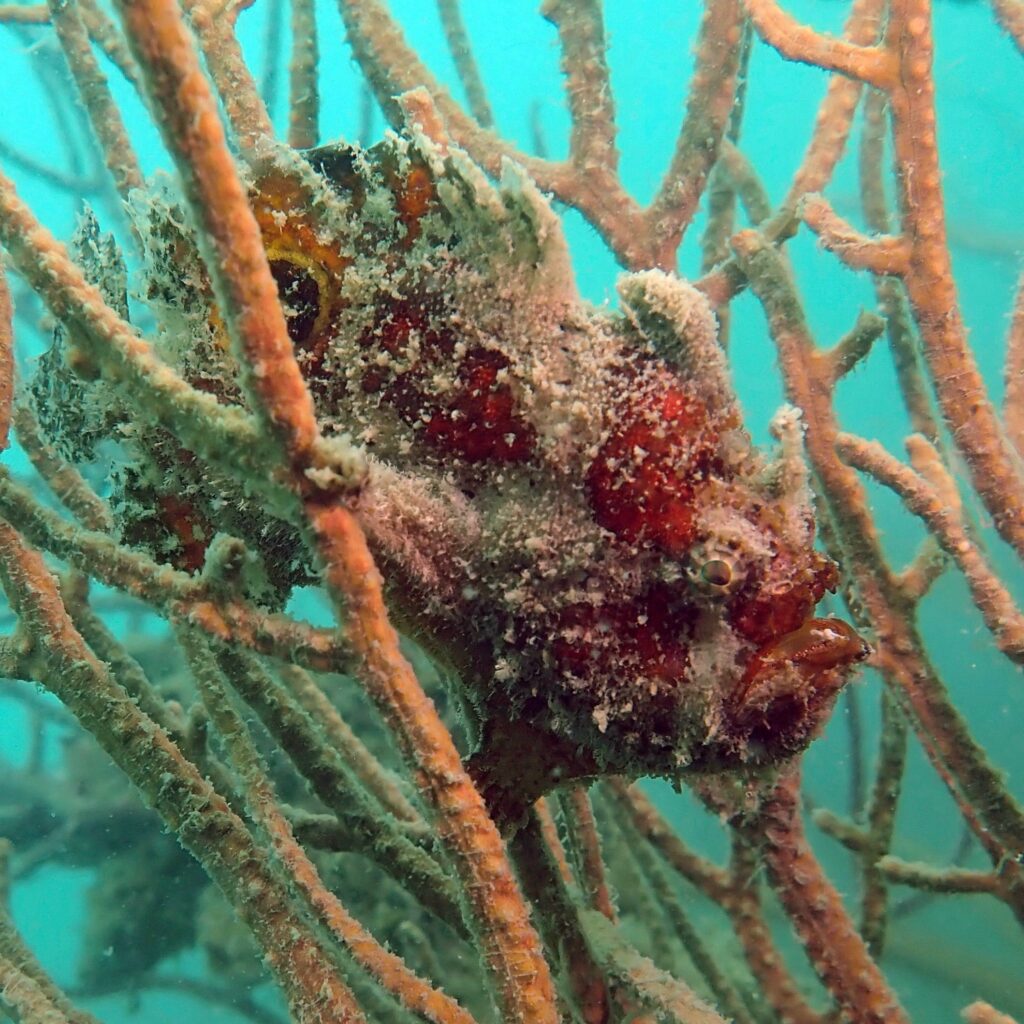
The rest of the hour, navigating back to the shallows, I make a mental note of the location and depth of a ghost net that we will come back to remove with our team. Taking some more pictures and notes of the bottom composition at different depths, compass headings and currents, we reach our safety stop. Our usual three minute safety stop turns into 10 minutes as we find a juvenile pufferfish hanging out and a bright red frogfish posing for our cameras. We couldn’t have wished for a better conclusion to this unexpected exploration dive.
I come up to the surface with a big smile on my face, excited about this successful exploration dive. I ask our captain to remember where he dropped us, for next time. My buddy and I discuss what we should name the new dive site. We both agree to not use our own names and eventually we settle on Tanjung Beras Laut which translates to Sea-Rice Point. I’m so excited to start drawing a dive site map and to tell my business partner, and the world, that we now have a new dive site in Langkawi to add to our list!
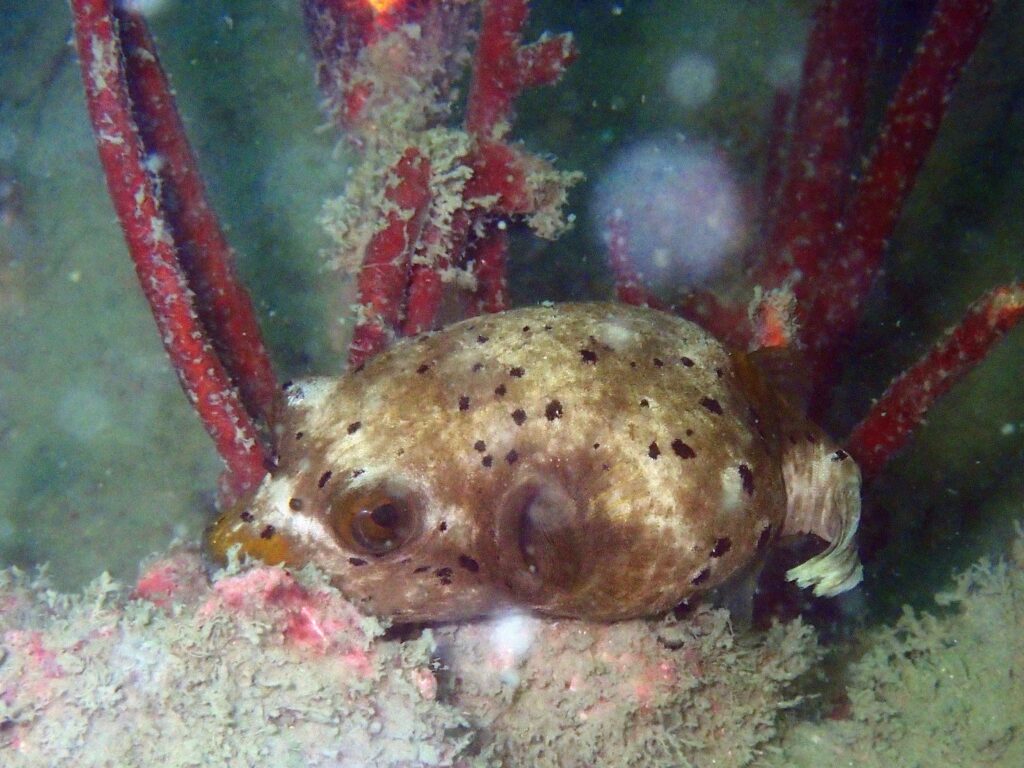
Want to start exploring Langkawi’s newest dive site ‘Tanjung Beras Laut’? Locate a PADI dive shop and discover Malaysia’s hidden jewel, Langkawi!
